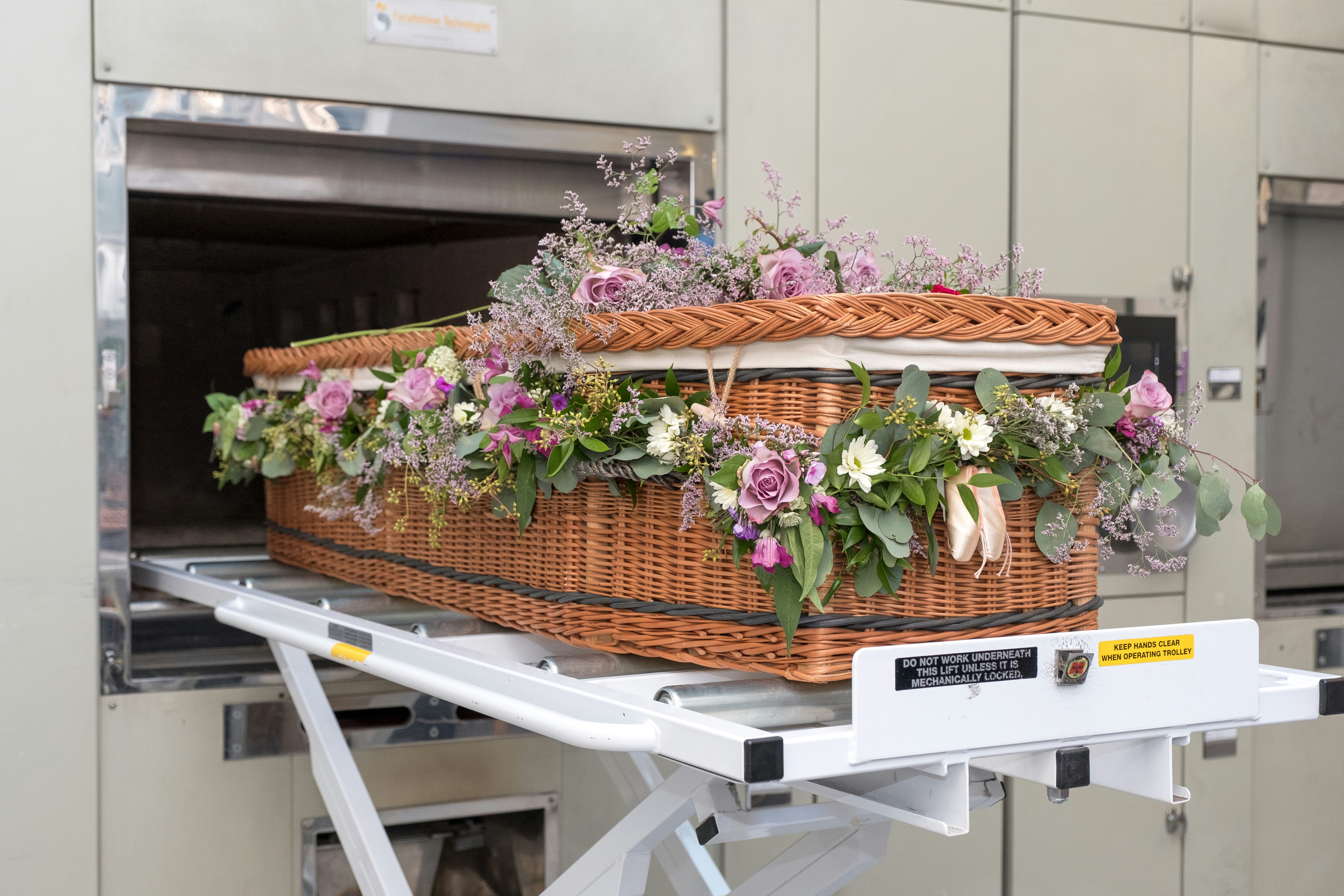
More people in the UK are choosing cremation over burial than ever before, but what cremation looks like is changing. From no-fuss unattended cremations to more traditional attended services, there's a wide range of options to suit different wishes, needs, and budgets. Understanding the differences helps you make a choice that fits you or someone you love.
This guide breaks down the main types of cremation, what each involves, what they typically cost, and how you can plan and compare options easily with The Farewell Guide.
1. What is cremation?
Cremation is the process of reducing a body to ashes using high heat. It can take place before, during or after a funeral service depending on what the family prefers. The ashes are then returned to the next of kin, scattered, or interred.
In 2025, over 75% of funerals in the UK involve cremation. But within that number, how people choose to mark the moment varies widely.
2. The three main types of cremation
a) Direct Cremation
Also known as: Unattended cremation
-
No loved ones present
-
No service beforehand
-
The deceased is collected and cremated at a time and place chosen by the provider
-
Ashes are returned to loved ones
Cost: Around £1,600 (based on UK average)
Who it suits:
-
People planning a separate memorial or celebration later
-
Anyone wanting to avoid ceremony costs
Pros:
-
Most affordable
Cons:
-
No service or moment of collective goodbye unless arranged separately
b) Unattended Cremation with Added Elements
Some cremation providers offer options like:
-
A basic coffin viewing in a chapel beforehand
-
A short online or recorded tribute
-
Return of ashes in a personalised urn
Cost: From £1,600 to £2,000 depending on extras
Who it suits:
-
Those who want simplicity but still value a small farewell or personal touches
c) Attended Cremation
-
Includes a short service at the crematorium
-
Family and friends attend
-
Funeral director, hearse, and coffin included
-
May include flowers, music, readings, and order of service
Cost: Around £4,285 (based on UK average)
Who it suits:
-
Those who want a traditional farewell without a burial
-
Families and friends who want to gather and say goodbye together
Pros:
-
Gives everyone a moment to grieve together
-
Can include personalised tributes
-
Still more affordable than burial
Cons:
-
Higher cost than direct cremation
3. Questions to help you decide
If you're not sure which type of cremation feels right, here are some helpful prompts:
-
Do I want family and friends to be present?
-
Is cost a major factor?
-
Are there any specific wishes about music, readings, or location?
-
Would it comfort my loved ones to attend a service?
Thinking through these in advance saves uncertainty later and helps others understand what matters to you.
4. Planning and comparing options with The Farewell Guide
Making a decision doesn't need to be overwhelming. At The Farewell Guide, we make it easy:
-
Use our free online planner to create a cremation plan that matches your wishes
-
Share your plan with family or save it to update later
-
View real-time prices from funeral directors in your area
-
Compare attended and unattended options side by side
We only work with trusted funeral directors. No hidden costs, no unnecessary extras, just clear support to help you make the best choice.
5. Final thoughts
There is no right or wrong way to say goodbye. What matters is that the choice reflects your values, your family, and your life.
Take a few minutes today to explore the options. Even if you don’t make a final decision yet, knowing what’s available gives you and those around you peace of mind.
Suggested Reading:
A Guide To Funeral Prices: There's no one size fits all
Everything You Need to Know About Direct Cremation
How to Choose Between Cremation and Burial